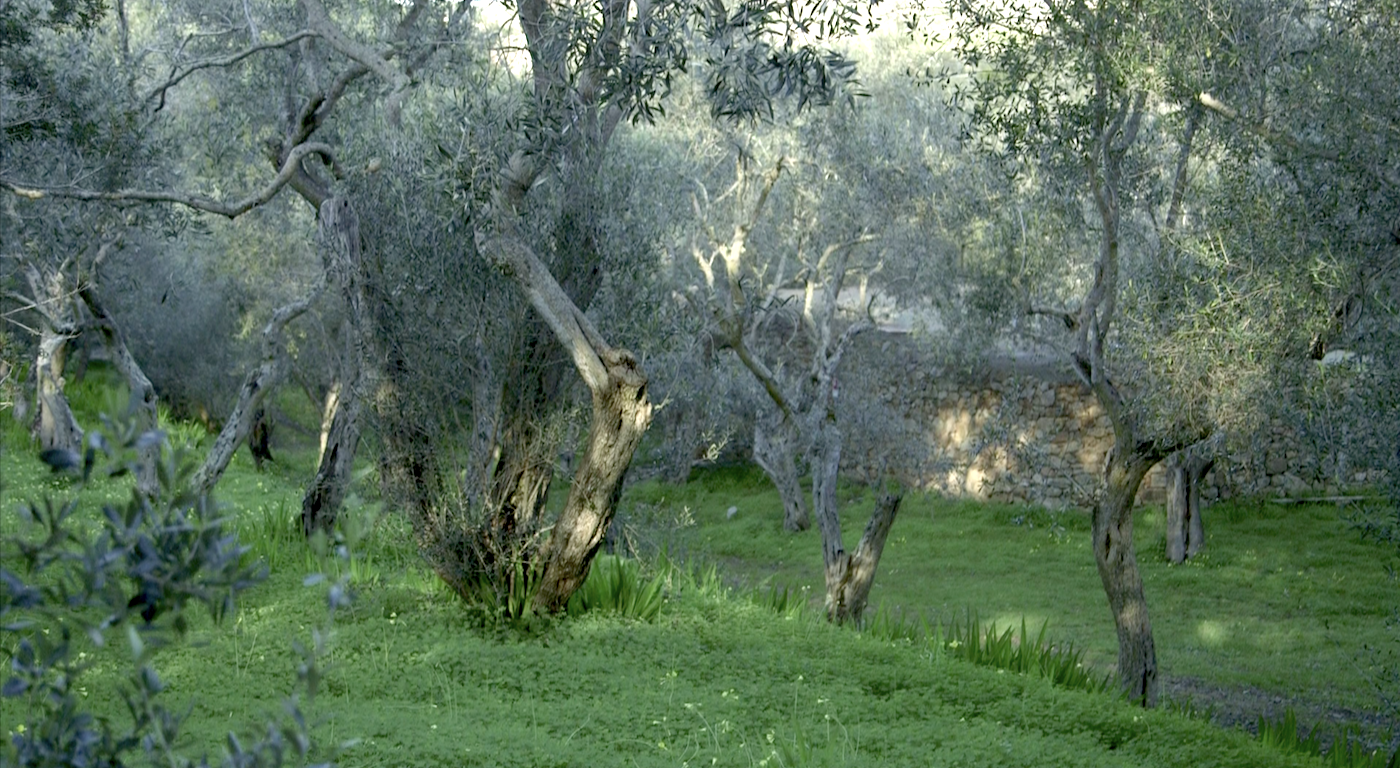Scents, flavours, oils and coulours
The museum
Sardinia is a land of uncontaminated nature. Over the years Sardinians have paid great attention to their landscape.

Sardinia is a land of uncontaminated nature, characterized by a very hot climate and little rainfall: all this, as well as assuring the beauty of its landscapes, has made the island an ideal place to grow aromatic plants and herbs. The scent and flavour of these plants can be seen in local dishes and beverages: fruit, foliage, flowers, seeds and roots are used to improve traditional dishes and prepare wines, liqueurs and distilled beverages.
After Garibaldi moved to Caprera in 1855, new agricultural techniques developed which changed the landscape, until that time dominated mainly by granitic hills.
Garibaldi studied specific books to rationalize farming practices, designed a water drainage system, personally worked the land, took care of the garden, and started a slope vineyard. His farm supported his family and fellow soldiers who lived and collaborated with him.

Garibaldi Compendium, Caprera
Some of the most diffused plants
Over the years Sardinians have paid great attention to their landscape and the integrity of its territories. The island is particularly renowned for some products due to the specific morphologic characteristics of some areas, traditional farming techniques and raw material processing.
Grapes and olives have for many years represented the island’s main agricultural crops. They are not only fascinating elements of the Sardinian landscape but are also used to prepare highly precious food products.
Today Sardinia is the top producer of saffron at a national level: this rare and precious plant, characterized by long and colourful stigmas, is grown, picked and prepared in the southern part of Sardinia.
Protected by the PDO mark, the artichoke was known of as far back as Phoenician times and today is one the most important varieties cultivated in the island.

Garibaldi Compendium, Olive trees
Parks
The volume “L’Italia dei Giardini”, under the direction of the Italian Touring Club in collaboration with the “Associazione Parchi e Giardini d’Italia”, ranks among the natural beauties with a balance between nature and artifice show in the Botanical Garden of Cagliari, Aymerich Park and Monserrato Park.

Botanical Garden of Cagliari
Designed by architect Gaetano Cima, the Botanical Garden of Cagliari was inaugurated in 1866 under the direction of Doctor Patrizio Gennari. The garden is located on an area with a considerable archaeological importance due to the presence of ancient wells and tanks. The “Orto dei Semplici”, where medicinal plants can be found, has been designed to also allow blind people to enjoy the garden.
Among the limestone rocks, natural grottoes and springs of Aymerich Park, in Laconi, visitors can discover the ruins of a Castle that once belonged to noble families. Its vegetation is made of Aleppo pine trees, holm oaks, poplars and laurel oaks. Visitors can also admire an exceptional specimen of Lebanon cedar tree, various orchids and a section of exotic plants.
The six-hectare area of Monserrato Park, in the province of Sassari, was transformed by Giovanni Antonio Sanna with various pieces of architectural interest, such as the Tempietto delle acque, the Ninfeo and the Vasca delle Rane (Basin of the Frogs). A variety of trees, including palms, citrus trees, olive trees, pomegranates, magnolias, cypresses, willows, holm oaks, linden trees, pines, horse-chestnuts and mastic hedges, reveal beautiful views over the town.